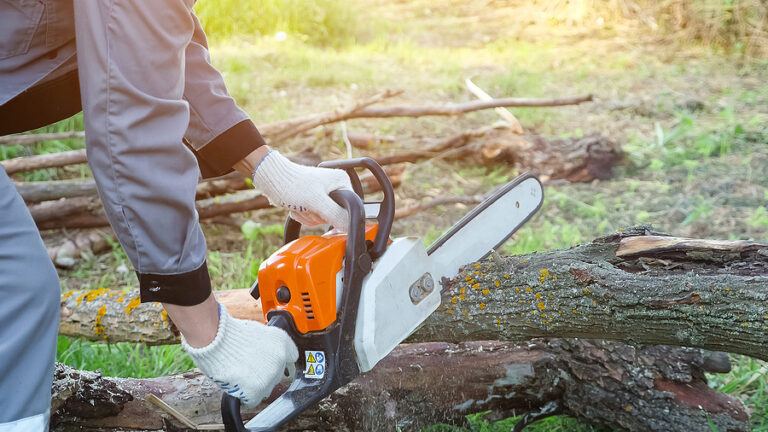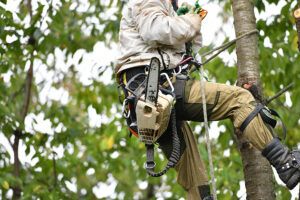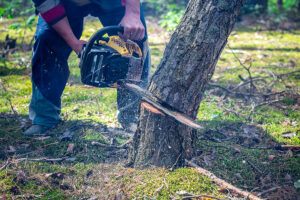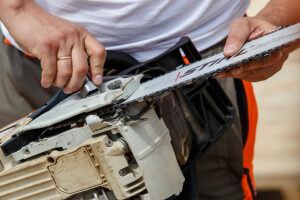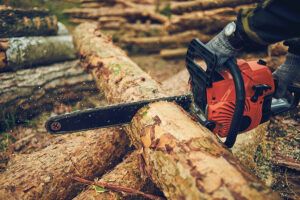Operating a chainsaw requires a good amount of attention to each of the different components. One of those components is compression, which is actually a very specific setting that you want to monitor with your own tools.
Table of Contents
What Compression You Need
Now, the specific compression for your chainsaw may vary as this can be a little different based on the specific engine put into the chainsaw. For a Stihl chainsaw, it should run at approximately 110 PSI or higher.
Keep in mind that even for Stihl this could be different. These engines may run a little bit higher or lower. Or they might run a little differently because they are cooler or hotter. For example, if the engine is cool it will run lower than if it is hot.
Most professionals will tell you to keep your compression (no matter the brand) to around 100 to 160 PSI if you have a 2-stroke engine. You may even want to keep it lower than this, with a minimum of 90 PSI and a high of only 110 PSI, as some professionals prefer these settings.
On the other hand, a 4-stroke engine will typically run at a higher PSI because it needs that extra power. The best thing that you can do is take a look at what your manufacturer instructions say and go based on that. But remember, you’ll need to be able to check the PSI in the first place.
Monitoring Motor Power
One aspect that will affect your PSI is the motor power of your chainsaw. If you have a higher cc engine you’ll have a higher level of compression. So, if you’re at 50cc you may be running compression up to 150 PSI. On the other hand, if you have a 60cc you may be running compression up to 160 PSI.
Monitoring Temperature
The next aspect that will affect the compression on your saw is the temperature. If you have a cold chainsaw it’s going to run around 85-100 PSI. On the other hand, you could end up with a hot engine that runs at 160 PSI or higher.
This doesn’t necessarily mean that there is a problem with the compression or the chainsaw. It’s all about the heat and the way that the saw is running. So, you would need to look at other factors in order to determine if there’s a problem with the compression.
Checking Compression
The best thing to do is make sure that you’re using a quality pressure testing gauge. You can use this and the chainsaw itself to get an accurate (or relatively accurate) reading of the PSI. You just need to disassemble the spark plug and hold the chainsaw with an adaptor and pull the starter rope.
Once you do, you’ll notice the gauge needle begins to move, but it will also stop at some point. That’s when you’re going to get the full reading of the compression and you can get an idea of your unit is running like it should.
Walt moonlights as a handyman after getting off his busy job as a commodities trader. He enjoys writing about all things related to DIY, home improvement, etc.

